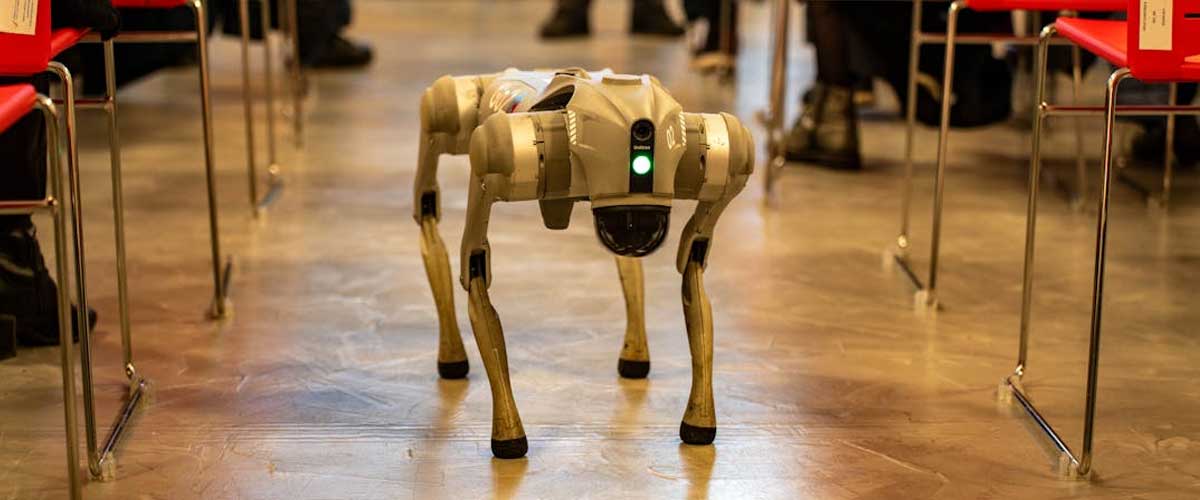In our rapidly evolving world of technology, the integration of robotics and artificial intelligence into our daily lives is becoming increasingly prevalent.
One intriguing question that has emerged is: would you allow your dog to be walked by a robot or drone?
As we explore this concept, we must weigh the potential benefits and challenges against the emotional bond we share with our furry companions.
The Rise of Robotic Assistance
Technological advancements have given rise to a variety of robotic devices designed to assist with everyday tasks.
From robotic vacuums to automated lawn mowers, these innovations have proven to be both convenient and efficient.
Recently, companies have started developing robots specifically for pet care, including those designed to walk dogs.
“Walkieeees”
These machines can be equipped with GPS tracking, safety features, and even behavioral programming to ensure a pleasant experience for both the dog and the owner.
Benefits of Robotic Dog Walkers
1. Convenience:
For busy pet owners who struggle to find time in their hectic schedules, a robotic dog walker could offer a solution.
This technology could provide regular exercise for dogs, alleviating guilt associated with leaving them alone for extended periods.
2. Consistency:
A robot can offer a consistent walking routine, ensuring that dogs receive the exercise they need.
This could be particularly beneficial for breeds requiring more activity or dogs with specific training needs.
3. Safety Features:
Many robotic dog walkers and drones can navigate obstacles, avoid traffic, and adhere to predetermined routes.
This could potentially keep dogs safer than a human walker who may be distracted.
The Emotional Connection
Despite the benefits, there are significant emotional factors at play.
Dogs are social creatures that thrive on companionship and interaction.
Walking is not just about exercise; it’s an opportunity for bonding and exploration.
A robot might not be able to provide the affection, direction, and companionship that a human would during a walk.
Moreover, many pet owners may feel uncomfortable with the idea of a machine walking their pet.
Trusting a robot with your dog, particularly if it’s an erratic or strong-willed breed, raises concerns about the reliability of the technology and the machine’s ability to respond to unexpected situations.
Ethical Considerations
There are also ethical implications to consider.
The mental and emotional well-being of the dog should be a priority.
While technology can mitigate some logistical challenges, it should not replace the relationship between pet and owner.
The human-dog bond is built on love, care, and shared experiences, all of which a robotic walker cannot replicate.
The Future of Dog Walking
As we look ahead, it’s likely that robotic and drone-assisted dog walking technologies will continue to develop.
Perhaps there will be hybrid models, where a tech-assisted walk is complemented by human interaction.
The possibility of combining convenience with the emotional aspects of pet care could lead to a promising future.
In conclusion
While the idea of a robot or drone walking your dog might seem appealing due to its convenience and efficiency, it’s essential to consider the emotional and ethical implications involved.
For many pet owners, the joy of walking their dog is about more than just the exercise; it’s about companionship and connection.
The future may hold a balanced approach that allows for both human and technological involvement in the care of our beloved pets.












